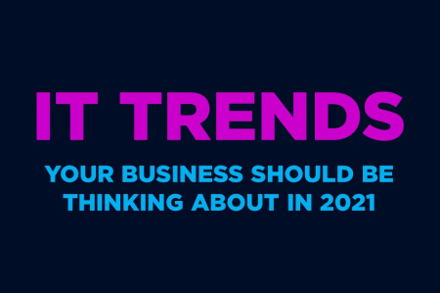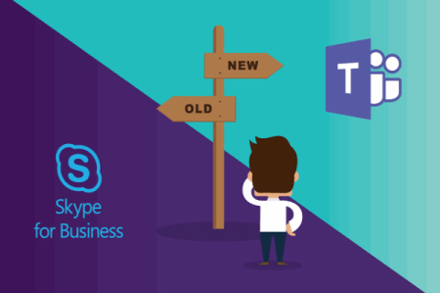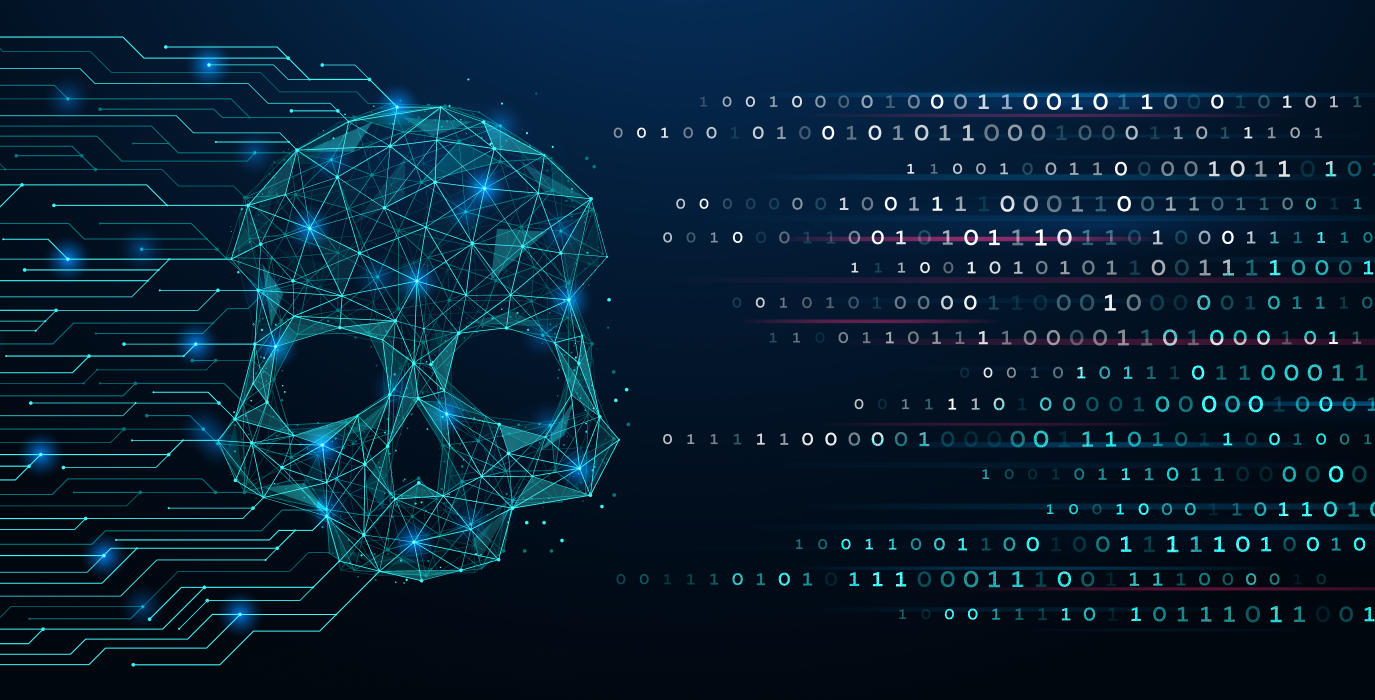Cyberattacks happen every day — in fact, according to the University of Maryland, every 39 seconds there is a cyberattack. Regardless of the hacker’s motivation, financial or political, this frequency of cybercrime has extensive implications. In the modern digital age, attacks can shut down a nuclear power plant, halt a company’s earnings, or steal millions of users’ data all via a phishing email.
As political turmoil and social unrest intensify around the world, 2025 will be a complicated—and potentially explosive—year in cyberspace. With the UK government implementing the new Cyber Security and Resilience Bill, 2025 is already shaping up to be quite the digital battleground. So, with that in mind, let’s take a look back at some of the biggest hacking horror stories so far and learn how to avoid being hacked in the future!
1. Facebook Data Breach
What happened?
The 2019 Facebook breach exposed the personal information of 533 million Facebook users. It was revealed that two datasets from Facebook apps had been exposed to the public internet. The information related to more than 530 million Facebook users and included phone numbers, account names, and Facebook IDs. The data was scraped from Facebook profiles by malicious actors who used the platform’s contact importer feature before September 2019. However, two years later (April 2021) the data was posted for free, indicating new and real criminal intent surrounding the data.
Who was affected?
The data breach affected 533 million Facebook users from 106 countries. It included 32 million records from the US, 11 million from the UK, and 6 million from India.
Prevention:
This attack showed the importance of proper security configurations for cloud storage and the need for secure Wi-Fi networks and virtual private networks (VPN). These are essential for safeguarding your digital activities from potential unauthorised activities. Secure Wi-Fi connections and VPNs add n extra layer of security as they ensure that data transmitted between your device and the network is encrypted, making it difficult for hackers to intercept or manipulate the information.
2. NHS England Data Leak
What happened?
Synnovis, a key pathology service provider for NHS England, became the target of a Qilin ransomware attack that resulted in a significant data leak. The breach disrupted medical services and led to a logistical nightmare for patients and staff alike.
Who Was Affected?
The attack affected operations at major London hospitals, causing over 1,100 elective procedures and more than 2,100 outpatient appointments to be cancelled or rescheduled. A major incident was declared in the NHS and blood supplies ran dangerously low. Patients and medical staff faced delays that impacted care and created considerable frustration. Further to this, Qilin attempted to then extort money from NHS England in order to retain private, personal patient information stolen at the time of the hack. When NHS England refused to pay, almost 400GB of the private information stolen was released on their darknet site.
Prevention:
Updating software and systems regularly is crucial in maintaining the security of your digital infrastructure. As technology advances, so do the tactics and techniques used by hackers to exploit vulnerabilities in software and systems. Therefore, it is essential to regularly update your software to ensure any known vulnerabilities are patched. Healthcare providers need to prioritise cyber security measures as strongly as patient care, given the severe consequences of breaches.
3. Crypto Exchange Phishing Scam
What happened?
Throughout 2023 and early 2024, there was a big increase in the number of crypto exchange phishing attacks. They often include fake login pages for popular exchanges and wallet services and malicious browser extensions to mimic legitimate crypto wallets.
A high-profile example would be the North Korean Cybercriminals. A report from the cryptocurrency tracing firm Chainalysis underscores just how aggressive Pyongyang-backed hackers have become. The researchers found that in 2023, hackers affiliated with North Korea stole more than $660 million across 20 attacks. Last year, they stole roughly $1.34 billion across 47 incidents. The 2024 figures represent 20 percent of total incidents Chainalysis tracked for the year and a whopping 61 percent of the total funds stolen by all actors.
Who was affected?
The financial impact of crypto phishing attacks in 2023 was very big. Nearly $300 million in cryptocurrency assets were stolen from over 324,000 victims through wallet-drainer malware. Hence, it is important to always double-check the website address before entering login credentials or connecting a wallet.
Prevention:
Among all cybercrimes, phishing is currently the most widespread; nearly 3.4 billion spam emails are sent daily. Google alone blocks approximately 100 million phishing emails every day.
Phishing is a technique used by hackers to trick users into revealing personal information such as passwords and credit card information. They typically occur through emails, messages or websites that appear legitimate but are actually designed to deceive users. Therefore, its crucial for users to be cautious when it comes to clicking on links in emails from unknown sources and to verify the authenticity of the source by checking the email address or the URL associated wit the message for any inconsistencies or misspellings that may indicate a fraudulent source.
4. The rise of infostealers
What happened?
Information-stealing malware campaigns are currently running rampant, used in many different campaigns to steal infected users' browser information, cookies, saved credentials, credit cards, and cryptocurrency wallets.
While infostealers have been around for many years, they have been particularly prominent with threat actors using them in a wide range of campaigns. These stolen credentials are then used to breach corporate networks, bank accounts, cryptocurrency exchanges, and email accounts.
Who was affected?
The number of stories surrounding infostealers is sadly on the rise, with too many examples to count! One such example being Marko Polo, which primarily relies on spearphishing via direct messages on social media platforms to reach high-value targets such as cryptocurrency influencers, gamers, software developers, and other people likely to handle valuable data or assets. Victims are lured into downloading malicious software by interacting with what they are tricked into believing are legitimate job opportunities or project collaborations. Unfortunately, for those who become infected with an infostealer, it can lead to devastating financial losses as threat actors steal cryptocurrency and access victims' bank accounts.
Prevention:
The best way to prevent these types of attacks is to enable two-factor authentication with an authenticator app on all accounts that offer the protection. 2FA adds another layer of security along with your traditional passwords. You’ll get a unique one-time password (OTP), secret code, or a magic link on your registered mobile number or email address every time you log in to your account or make a transaction. With 2FA enabled, even if a threat actor has your credentials, they won't be able to log in without the code generated by your authenticator.
5. Bad CrowdStrike updates crashed 8.5million Windows devices
What happened?
A faulty CrowdStrike Falcon update was pushed out to Windows PCs, causing the cybersecurity software's kernel driver to crash the operating system. This bug caused significant global disruptions, impacting approximately 8.5 million Windows systems, who now found that their devices had crashed with no easy way back into the operating system to remove the faulty update other than booting into safe mode.
The bug stemmed from a flaw in CrowdStrike's content validation process, which failed to detect a defective update. This faulty update triggered a series of system crashes, including endless reboot loops that affected both Windows devices and Windows 365 Cloud PCs.
Microsoft released a Windows repair tool to help remove the problematic CrowdStrike driver and restore affected systems. Despite this tool, many organizations faced a lengthy recovery process as each device would need to be manually fixed.
Who was affected?
As CrowdStrike is used by many organizations, it quickly caused widespread disruption, impacting financial firms, airlines, and hospitals worldwide who suddenly found their Windows devices and applications were unavailable.
Things got worse when the threat actors started getting into the game. Cybercriminals distributed fake CrowdStrike repair tools and manuals that pushed malware, including the new Daolpu infostealer. These phishing campaigns targeted organisations attempting to recover from the outage, further delaying outages.
Prevention:
Test updates regularly and have a solid backup plan. Regularly backing up data and utilising encryption methods are essential practices in safeguarding valuable information and protecting against potential data breaches. Data backup involves, creating copies of important files and storing them in a separate location, helping to ensure data is safe even if it becomes compromised or lost due to hacking events. Encryption involves encoding data in a way that makes it unreadable to unauthorised users.
What Should You Do If Your Data’s Been Compromised?
If you discover your data has joined the ranks of the breached, don’t panic. Here’s your action plan:
- Change Your Passwords: Make them as unique as a plot twist in your favourite series. A password manager can be a lifesaver here.
- Enable Two-Factor Authentication (2FA): Think of it as adding an extra lock on your door.
- Monitor Your Finances: Keep an eye on your bank and credit reports. Spot anything odd? Report it ASAP.
- Stay Updated: Keep up with updates from the affected business and heed the advice of cyber security experts.
Despite all the wonders and positive aspects of the internet, it’s important to remember how dangerous it can be. Knowing about these types of cyber threats is a good start, but taking proactive steps to improve your computer system’s security posture is a better one. Preventing hacking attacks is crucial in maintaining the integrity of personal and organisational data.
Dynamic Insights & Advice

Dynamic Networks Group Continues Its Expansion
Dynamic Networks Group continues its expansion with the acquisition of Peak Support Services Ltd, a Derbyshire based Cloud MSP.

Dynamic Networks completes a Management Buyout and commences its acquisition strategy
David Smith (CEO) and Gareth Leece (COO) have successfully completed an MBO of Dynamic Networks, working with Paul Landsman of Kingland Capital. The MBO provides for a simplification of the Board structure to allow for its continued accelerated growth strategy.

10 reasons to archive your business emails in the cloud
For most organisations, email has become an essential part of daily workflow and communications. However, many businesses are unaware of the importance of archiving their emails and having an email retention strategy.

Planning a successful migration to the cloud
Moving to the cloud comes with multiple benefits. For most businesses, it usually means reducing running costs, faster modernisation capabilities and increased security.

2021 IT trends your business should be thinking about
Here are our top IT trends and predictions your business should be thinking about now to prepare for 2021.

The end of Skype for Business is closer than you think...
Microsoft have recently announced that Skype for Business Online will be retiring on July 31, 2021.


